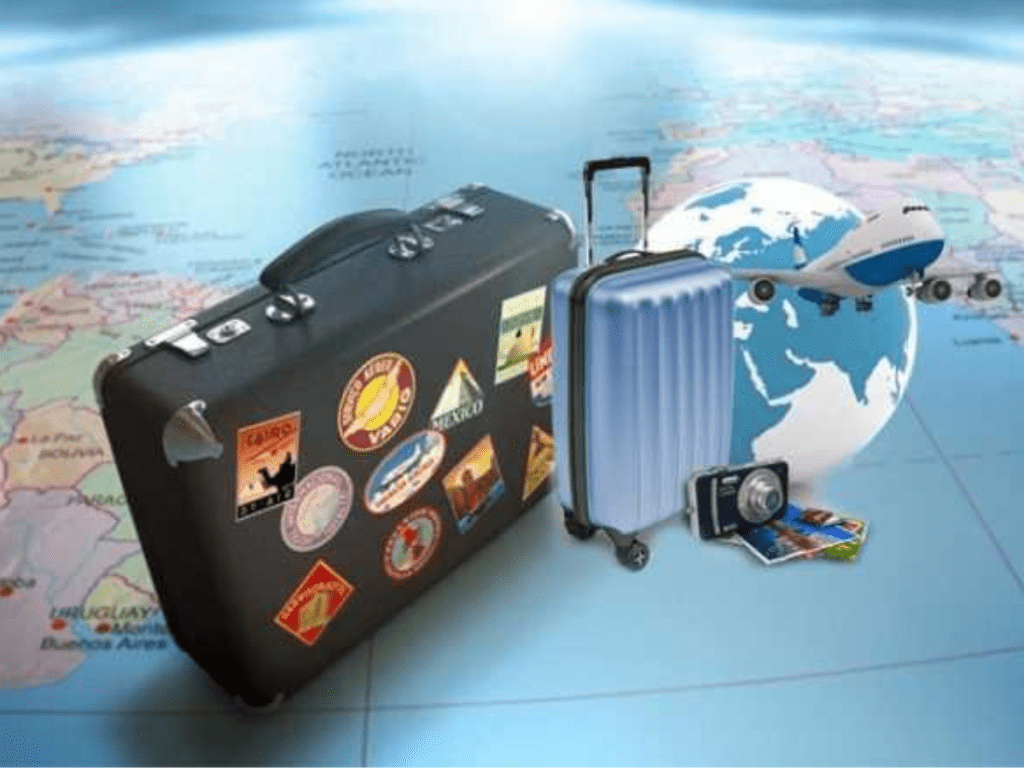Introduction
Traveling can be an exciting experience, filled with opportunities to explore new places, cultures, and meet people from around the world. Whether you’re traveling for business, leisure, or to visit family, the excitement can sometimes be overshadowed by unexpected situations. One of the most pressing concerns when traveling abroad is your health and medical well-being. No matter how well you plan, emergencies can occur, and it’s important to be prepared for them. This is where travel insurance, specifically emergency medical coverage, comes into play.
In this comprehensive guide, we will dive deep into the details of emergency medical coverage in travel insurance. We will explore what it is, why it’s important, how it works, and what you should consider when purchasing it. By the end of this article, you’ll have a clear understanding of why emergency medical coverage is essential for your travels.
What is Emergency Medical Coverage in Travel Insurance?
Emergency medical coverage is a type of insurance that provides financial assistance if you need medical treatment while traveling. This could be for injuries, illnesses, or accidents that occur while you’re away from home. Travel insurance with emergency medical coverage generally covers hospital stays, doctor visits, medical evacuation, prescription medications, and in some cases, emergency dental care.
This coverage is designed to reduce the financial burden of medical expenses that you might incur while abroad, especially if you are in a country where healthcare costs can be prohibitively expensive. It’s important to understand that not all travel insurance policies offer the same level of medical coverage, and coverage details can vary depending on the provider and policy you choose.
Why Do You Need Emergency Medical Coverage?
The primary reason you should consider emergency medical coverage is that it ensures you won’t have to shoulder high medical expenses in case of an unexpected health issue or accident while traveling. While most domestic health insurance policies provide coverage within your home country, they often don’t extend to international travel. Even if they do, the coverage might be limited and insufficient, especially when it comes to things like medical evacuations or treatment in countries with high medical costs.
Furthermore, if you’re traveling to a country where healthcare services are less accessible or where medical standards may not meet your expectations, having this coverage can offer peace of mind knowing that help is available when needed. Emergencies, from an unforeseen illness to a sudden injury, can strike at any time, and without emergency medical coverage, the financial and logistical challenges can be overwhelming.
Types of Emergency Medical Coverage
Emergency medical coverage can be broken down into several types, depending on the specifics of the insurance policy. Below are the key components you should know about:
- Medical Treatment Coverage
This is the core aspect of emergency medical coverage. It covers the costs of hospitalization, outpatient visits, surgeries, and other medical treatments that are required due to an unexpected injury or illness during your trip. The scope of this coverage may vary, so it’s crucial to check the policy’s fine print. - Medical Evacuation Coverage
Medical evacuation is one of the more expensive elements of emergency medical coverage. If you fall seriously ill or are injured in a location that does not have adequate medical facilities, your insurance may cover the costs of being evacuated to a medical facility that can provide the necessary care. In some cases, this may include repatriation, which means being flown back to your home country for treatment. - Emergency Dental Coverage
While many people do not think about dental issues during travel, accidents happen, and dental emergencies can occur. Emergency dental coverage typically includes treatments for sudden dental pain or injuries, such as a chipped tooth or a lost filling. However, this coverage is usually limited to immediate treatment and does not cover routine dental work. - Repatriation of Remains Coverage
In the unfortunate event of death while traveling, repatriation coverage helps cover the cost of returning the deceased’s remains to their home country for burial or cremation. This coverage is especially important if you’re traveling far from home.
What is Not Covered by Emergency Medical Travel Insurance?
While emergency medical coverage is extensive, there are certain situations and events that are typically not covered under most policies. These exclusions can vary depending on the provider, so it’s essential to read your policy carefully. Common exclusions include:
- Pre-existing Conditions
Many travel insurance policies do not cover medical expenses related to pre-existing conditions. These are conditions that you have prior to purchasing the insurance, such as chronic illnesses or ongoing medical issues. Some insurers may offer special coverage for pre-existing conditions, but it typically requires additional premiums and is subject to strict conditions. - Adventure Sports or High-Risk Activities
Certain activities such as skydiving, bungee jumping, or extreme skiing are often excluded from standard emergency medical coverage. If you’re planning to engage in high-risk activities during your trip, you may need to purchase additional coverage or a specialized plan that includes these risks. - Self-inflicted Injuries or Suicide
Injuries resulting from self-harm, suicide attempts, or any situation deemed to be intentional will typically not be covered. Insurance providers usually have clauses that exclude coverage for injuries sustained under these circumstances. - Non-Emergency Medical Care
Routine medical care, such as elective surgeries, vaccinations, or preventive treatments, are generally not covered. The insurance is intended for emergency situations only. - Travel to Certain High-Risk Destinations
Some destinations, especially those affected by war, civil unrest, or natural disasters, may be excluded from coverage. It’s important to check if your policy has any travel advisories or exclusions based on political instability or public health concerns in the regions you’re visiting.
How Emergency Medical Coverage Works
To understand how emergency medical coverage works, let’s break it down into steps:
- Get the Right Coverage
When purchasing travel insurance, ensure that emergency medical coverage is included or added to your policy. It’s essential to select the right level of coverage based on your trip’s specifics and potential medical needs. For example, if you’re going to a remote area, you may need more robust medical evacuation coverage. - Pay for Medical Services Upfront (or Not)
Depending on your insurer, you may need to pay for medical services upfront and then file a claim for reimbursement. In some cases, insurers have direct billing arrangements with hospitals, meaning they can settle the costs directly with the healthcare provider. Always confirm how claims are processed with your provider. - File a Claim
In the event of a medical emergency, you will need to file a claim with your insurance provider. This typically involves submitting receipts, medical reports, and other documentation related to your treatment. Keep all relevant paperwork from the medical facility to help with your claim. - Reimbursement Process
After submitting the required documents, your insurance provider will review your claim. If everything is in order and the event is covered, you will receive reimbursement according to the policy terms. This may cover the entire amount or just a portion, depending on the coverage limits and deductibles.
Things to Consider When Purchasing Emergency Medical Coverage
When choosing a travel insurance policy with emergency medical coverage, here are several factors to consider:
- Policy Limits and Deductibles
Be aware of the maximum coverage limits and the deductibles involved. Some policies may offer higher coverage amounts but come with higher premiums. Weigh your options based on the type of trip you’re taking and your potential health risks. - Medical Assistance Services
Look for policies that offer 24/7 emergency medical assistance. This can be invaluable when you’re in an unfamiliar location and need immediate help. Many providers offer a helpline for travelers to access medical advice and assistance at any time. - Worldwide Coverage
Ensure that your policy offers global coverage, especially if you’re traveling to multiple countries or remote regions. Some policies may only cover certain geographic areas, so check the scope of coverage carefully. - Travel Duration
For short-term trips, emergency medical coverage may suffice. However, for longer stays, you might need a more comprehensive plan. Extended travel may also require additional considerations, such as coverage for chronic conditions or ongoing treatment. - Policy Exclusions
Read through the policy exclusions carefully. If you have specific health concerns, or if you plan on participating in high-risk activities, make sure your coverage extends to those needs.
Conclusion
Emergency medical coverage in travel insurance is a vital safety net for any traveler. It provides peace of mind knowing that you’re covered in case of illness, injury, or unforeseen medical situations while traveling. Whether you are traveling for leisure or business, having the right insurance plan can save you from substantial medical expenses and logistical nightmares. Always ensure you choose a policy that matches your travel plans, medical history, and risk factors to enjoy your trip with confidence.

